
Maori tattoo, also known as Tā moko, is far more than a decorative art; it’s a living symbol of identity, history, and spiritual connection. Rooted in the indigenous culture of New Zealand, Maori tattooing embodies stories, traditions, and the very essence of Maori people’s identity. This article explores the profound cultural significance of Maori tattoo, its historical evolution, contemporary adaptations, and the ongoing discussions surrounding cultural respect and appropriation.
The Cultural Roots and Symbolism of Maori Tattoo – More Than Just Body Art

Maori tattooing is deeply etched in the fabric of New Zealand’s ancestral lineage. Every stroke and pattern tells a story—an expression of whakapapa (genealogy), social status, personal achievements, and spiritual beliefs. It is an art form that encapsulates the soul of Maori heritage, serving both as a tribute to ancestors and a marker of individual identity.
Before diving into specific designs and their meanings, it is essential to understand how Maori tattoo functions as a language—one that communicates complex narratives through intricate patterns. These tattoos often reflect a person’s life journey, family ties, and societal roles, making each piece unique and personally meaningful.
The Origins and Evolution of Maori Tattooing
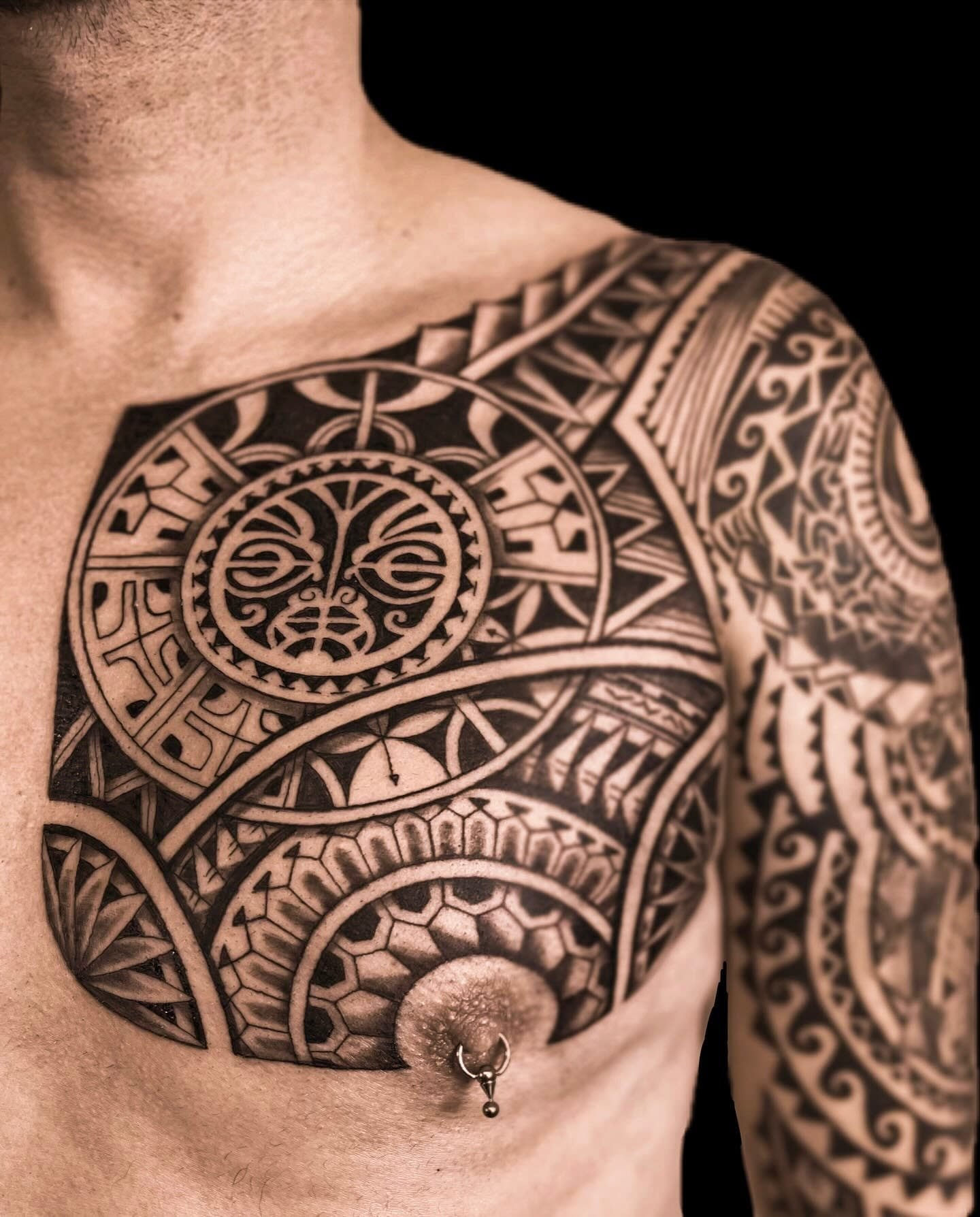
Maori tattooing dates back centuries, with evidence suggesting its origins over 1,000 years ago. Traditionally, Tā moko was performed using chisels made from bone or stone, creating puncture marks on the skin that would then be filled with ink derived from natural sources such as soot or pigment. This technique resulted in bold, raised scars that were carefully shaped into symbols representing one’s identity.
Historically, Tā moko served as a rite of passage, a symbol of social hierarchy, or a mark of achievement. Warriors bore distinctive facial tattoos to signify prowess in battle, while elders displayed tattoos indicating wisdom and experience. The designs varied regionally, with each iwi (tribe) developing its own style and motifs, contributing to a rich tapestry of visual storytelling across Maori communities.
In the early 19th century, European contact introduced new influences, leading to changes in tattoo styles and practices. Despite this, traditional methods persisted in some areas, maintaining the cultural integrity of Maori tattooing through generations.
The Meaning Behind Traditional Maori Tattoo Designs
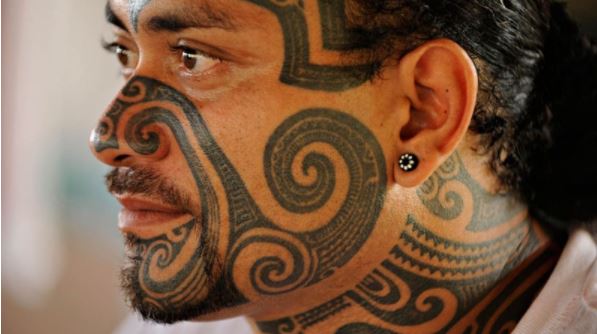
Maori tattoo designs are characterized by complex patterns combining geometrical shapes, spirals, curves, and natural elements like feathers and waves. These motifs are not arbitrary—they are loaded with symbolism.
For example, the koru (spiral resembling a fern frond) represents new beginnings, growth, and harmony, reflecting the Maori connection to nature. The manaia (mythical creature with a bird and human hybrid) acts as a guardian, protecting the wearer from evil spirits. The tiki (human figure) symbolizes fertility and ancestral guidance.
Each pattern is also indicative of status and personal milestones. Moko kauae, the chin tattoo for women, signifies social standing and identity within the tribe. Male facial tattoos, called moko, often cover the entire face and convey tribal affiliations, achievements, and personal history.
The process of receiving a Tā moko is considered sacred, involving ceremonies that connect the individual with their ancestors and spiritual realm, emphasizing the importance of respect and cultural understanding.
Contemporary Maori Tattoo – Preserving Traditions Amid Innovation

While traditional methods remain revered, modern Maori tattoo artistry has evolved to incorporate new techniques, tools, and artistic expressions. Today, artists blend traditional motifs with contemporary styles, creating designs that resonate with both Maori cultural roots and global aesthetic sensibilities.
Contemporary Māori tattooing often uses electric tattoo machines, allowing for finer detail and faster application. Artists also experiment with color, shading, and mixed media, broadening the scope of expression while respecting the core cultural symbolism.
This fusion has prompted debates about cultural authenticity and appropriation. Some argue that modern adaptations risk diluting the spiritual significance of Tā moko, especially when applied without proper cultural understanding or permission. Others see it as a natural evolution, enabling Maori culture to thrive and spread awareness worldwide.
Respect, Appropriation, and the Global Spread of Maori Tattoos

As Maori tattoo gains international popularity, conversations around cultural respect become increasingly vital. The act of adopting Tā moko outside of Maori communities raises questions about cultural ownership, appreciation, and potential misrepresentation.
The Importance of Cultural Respect in Maori Tattoo Adoption
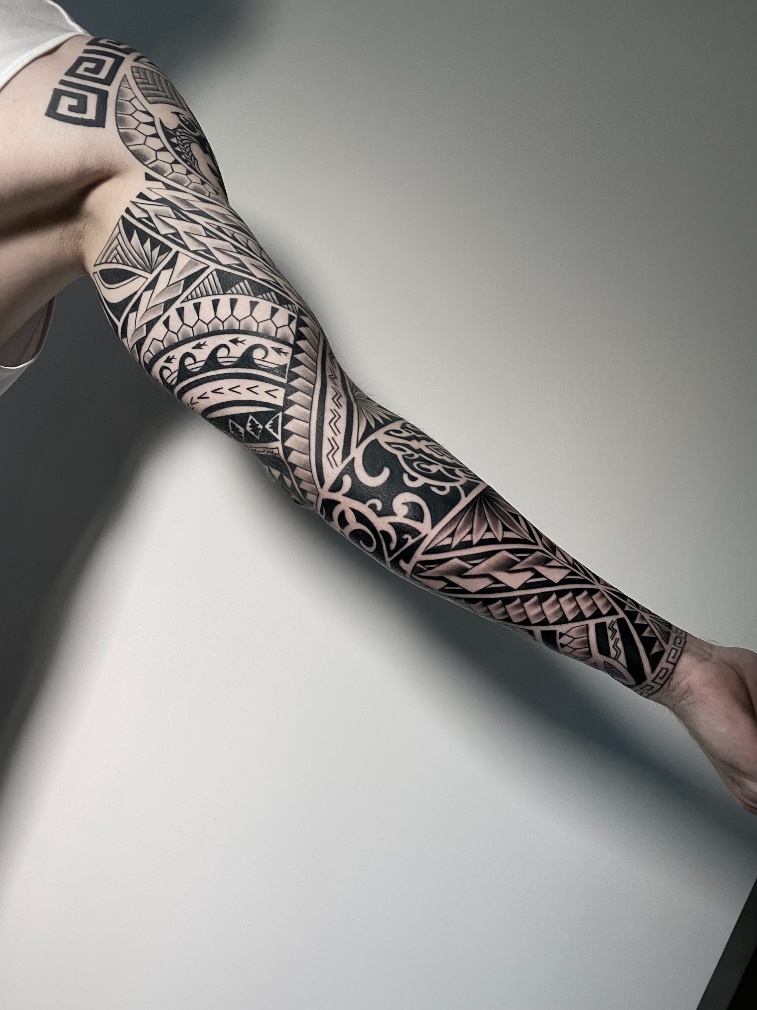
Maori tattoo is not merely an aesthetic choice; it is a sacred practice rooted in community, spirituality, and tradition. When individuals adopt these designs without understanding their significance, it can lead to cultural insensitivity or even offense.
Respectful engagement entails understanding the history, meanings, and protocols involved in receiving or displaying Maori tattoo art. Many Maori artists advocate for cultural consultation, permission, and acknowledgment of the symbols’ origins before creating or wearing such designs.
The Debate on Cultural Appropriation vs. Appreciation
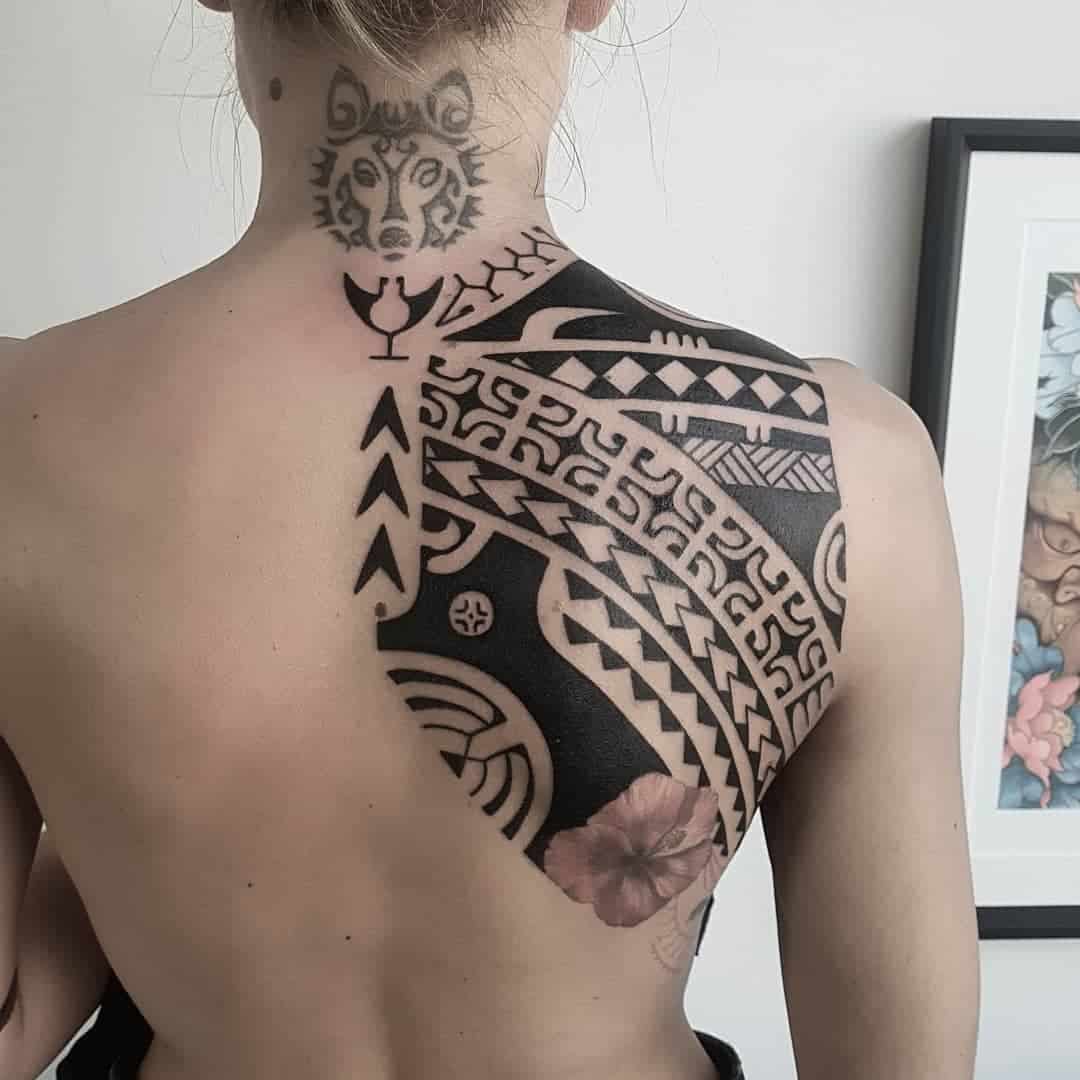
Cultural exchange is inevitable in our interconnected world, but it must be approached thoughtfully. Critics of non-Maori individuals adopting Maori tattoo motifs warn that it risks commodification and trivialization of sacred symbols. Such actions can perpetuate stereotypes or strip away cultural context.
Conversely, supporters argue that sharing cultural arts promotes understanding and appreciation, provided it is done with respect and acknowledgment. Some suggest that Maori communities themselves should lead the narrative about who can wear Tā moko and under what circumstances.
The Role of Maori Artists and Cultural Guardians
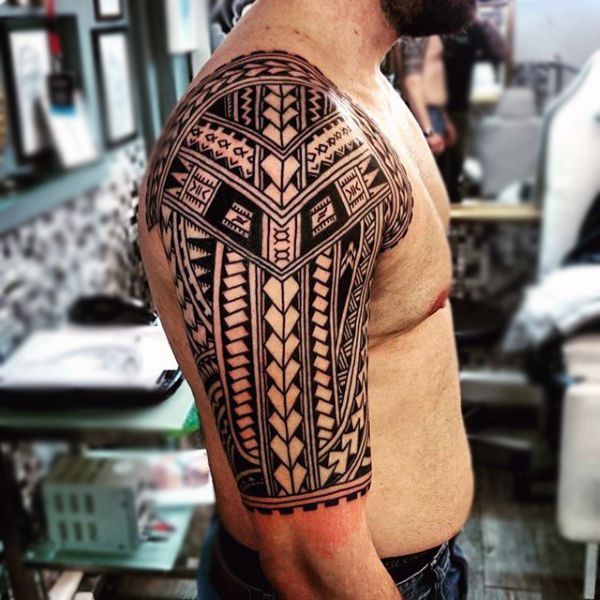
Maori tattoo artists serve as stewards of their cultural heritage, ensuring that the practice remains authentic and meaningful. They emphasize education and dialogue, encouraging those interested in Maori tattoo to learn about its significance and engage with their communities.
By fostering respectful collaborations and promoting cultural literacy, Maori artists help preserve the integrity of Tā moko while allowing its beauty and symbolism to reach a broader audience responsibly.
The Future of Maori Tattoo in a Globalized World
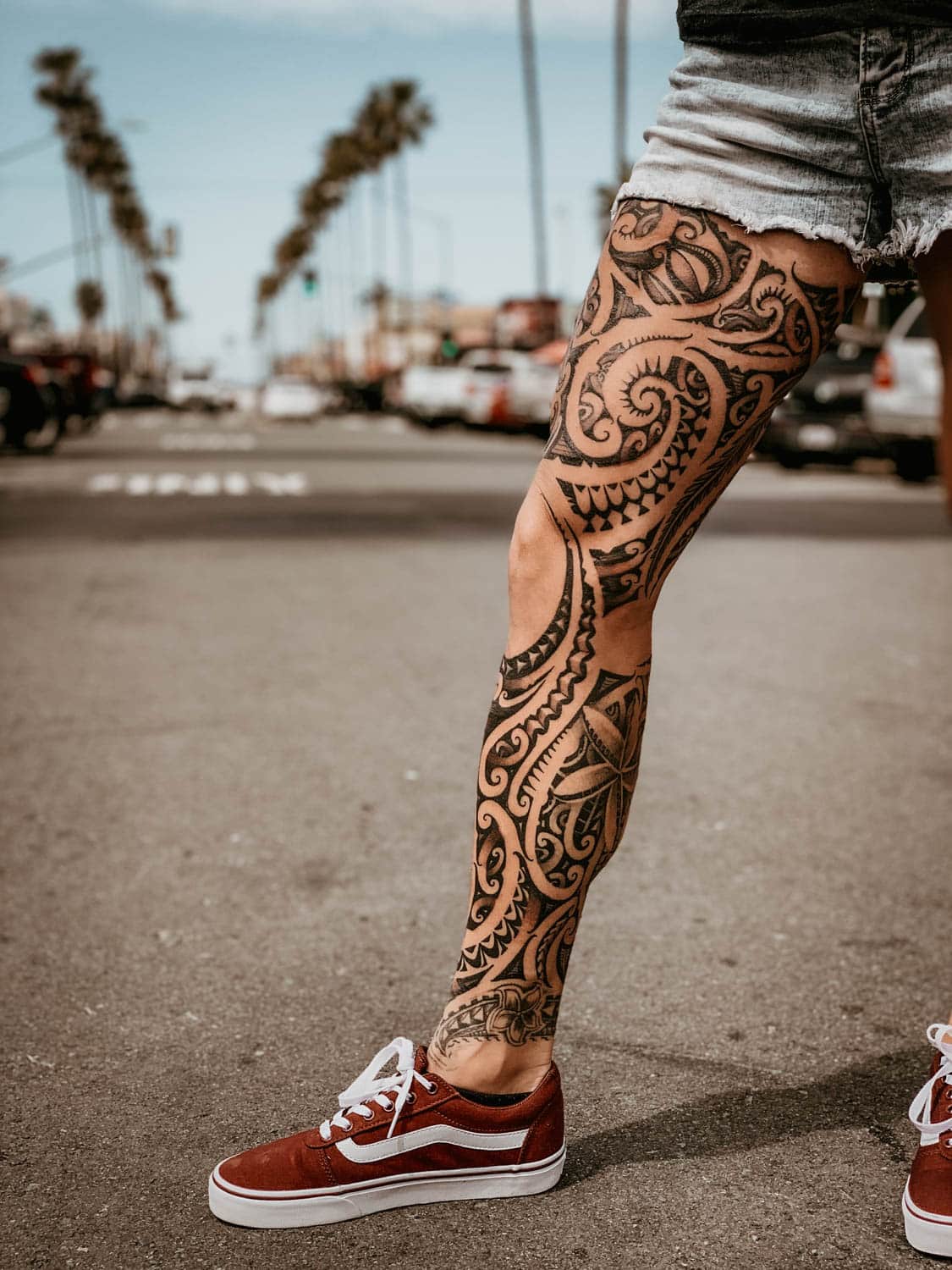
As Maori tattoo continues to transcend borders, it presents opportunities for cross-cultural exchange, healing, and empowerment. However, safeguarding its sacredness requires ongoing dialogue, cultural sensitivity, and support for Maori-led initiatives.
Innovative approaches—such as incorporating digital media, storytelling platforms, and cultural workshops—can strengthen the connection between Maori tattoo and its community, ensuring it remains a powerful vessel of identity and heritage.
The Personal and Societal Impact of Maori Tattoo – Beyond Body Art
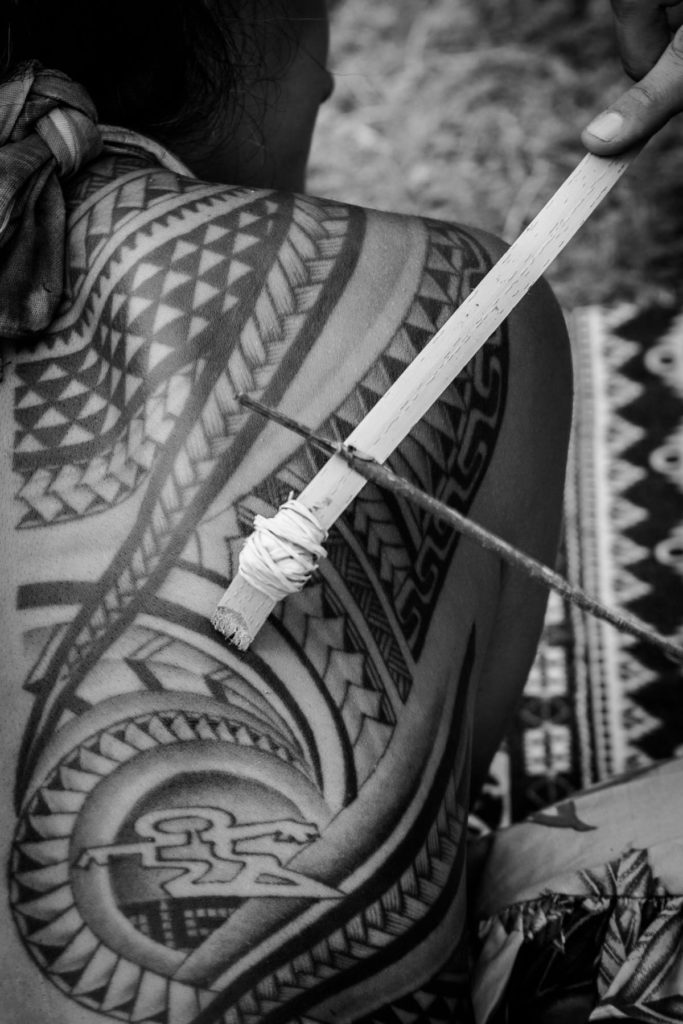
Maori tattoo’s influence extends beyond individual identity, affecting societal perceptions, cultural revival, and intergenerational connections. For many Maori people, Tā moko is a reaffirmation of their roots and a statement of resilience amid historical challenges.
Identity and Pride – How Maori Tattoo Reinforces Cultural Roots
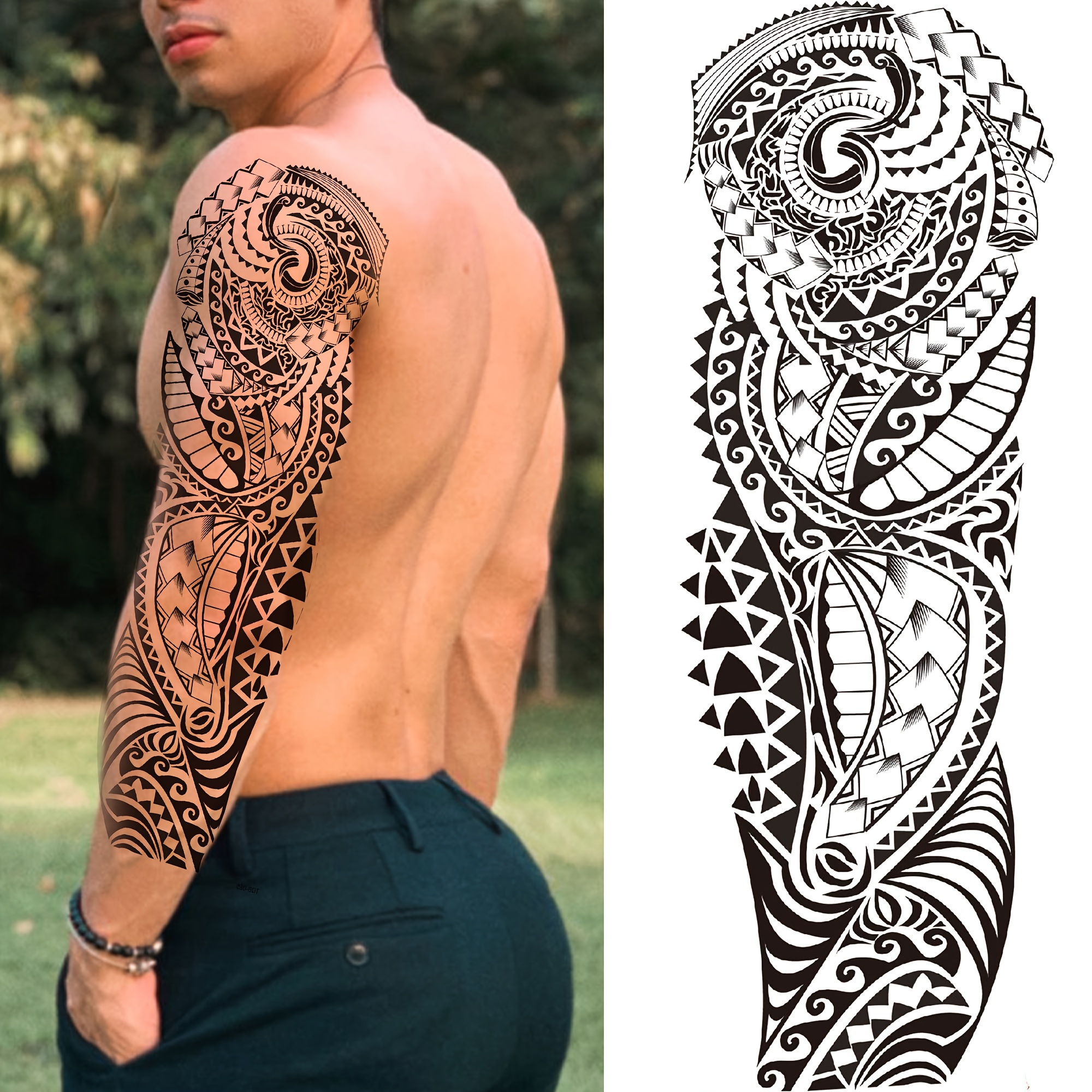
For Maori individuals, wearing Tā moko is an act of reclaiming cultural sovereignty. It fosters a sense of belonging and pride, especially in a world where colonial histories sought to suppress indigenous identities. The visible display of moko serves as a reminder of shared history, values, and collective strength.
In recent years, there has been a resurgence of interest among younger generations eager to reconnect with their heritage. Educational programs, cultural festivals, and Maori-led exhibitions have further revitalized the practice, making it relevant and empowering in contemporary society.
Healing and Reconciliation Through Maori Tattoo
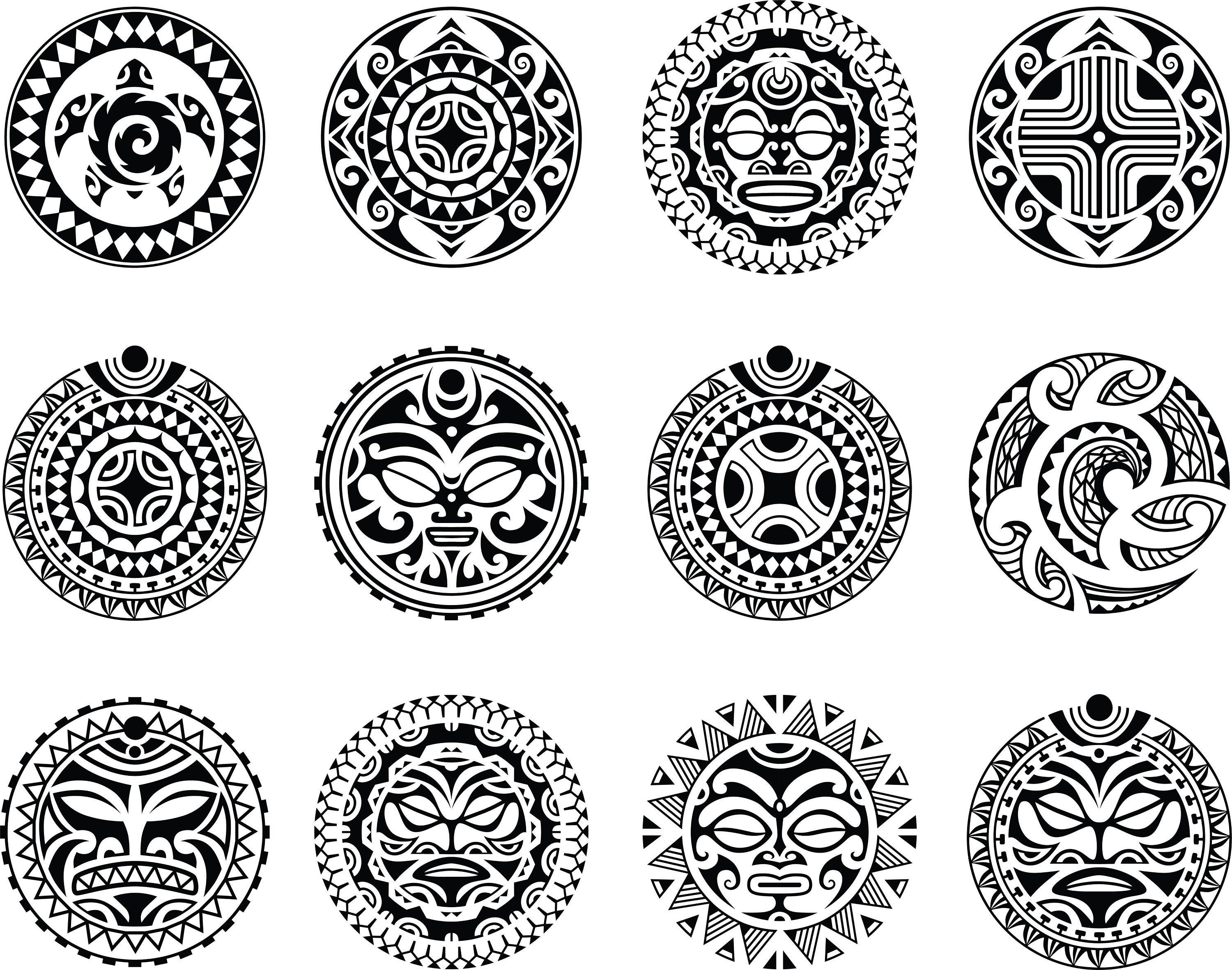
The process of receiving a Tā moko can be therapeutic, offering a pathway to personal healing and healing collective wounds. For survivors of historical oppression, it symbolizes resilience and resistance. In some cases, Maori tattooing is used in restorative practices, helping individuals reconnect with their ancestry after periods of disconnection or trauma.
Furthermore, the act of tattooing itself—a rigorous, ceremonial process—serves as a rite of passage, fostering emotional strength, acceptance, and cultural continuity.
Maori Tattoo as a Tool for Cultural Education and Preservation
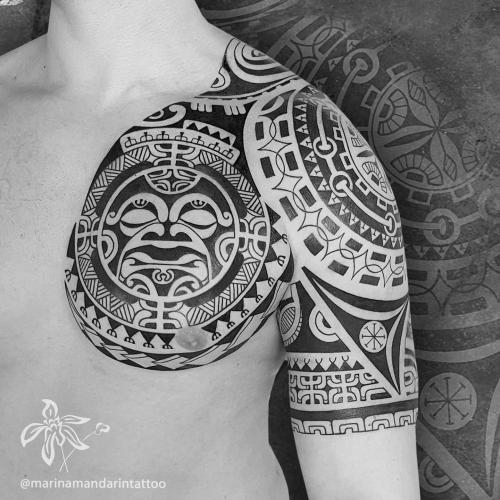
Educational initiatives aimed at disseminating knowledge about Maori art and spirituality play a crucial role in cultural preservation. Museums, workshops, and community-led projects showcase the richness of Tā moko, fostering appreciation and understanding.
By sharing stories behind each design, Maori tattoo artists and cultural educators can combat misinterpretations and promote respectful engagement. This nurturing of cultural pride ensures that the art form remains vibrant and relevant for future generations.
Social Challenges and Opportunities
Despite its significance, Maori tattoo faces challenges related to cultural commercialization, misappropriation, and generational gaps in practice. Addressing these issues requires collaborative efforts, community leadership, and policy support.
At the same time, globalization offers opportunities for Maori culture to gain recognition and appreciation worldwide. With responsible stewardship, Maori tattoo can continue to be a symbol of strength, identity, and artistic innovation.
Conclusion
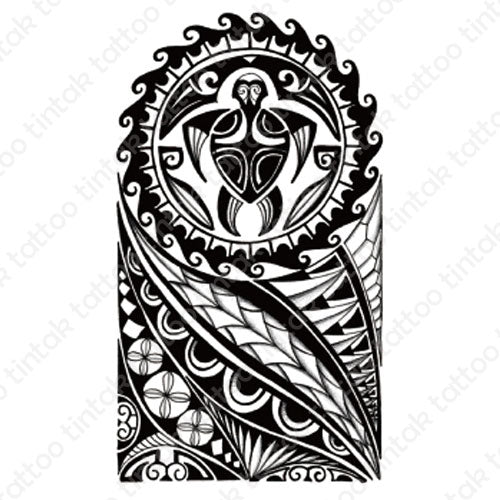
Maori tattoo, or Tā moko, is an extraordinary intersection of art, history, spirituality, and cultural identity. Its intricate designs encapsulate personal stories, ancestral connections, and societal roles, making it a profound expression of Maori heritage. As it evolves in the modern era—with influences spanning traditional practices and contemporary creativity—the importance of respecting its origins and significance becomes ever more critical. Embracing Maori tattoo as more than mere body art allows us to honor a powerful cultural legacy, ensuring its stories and symbols endure across generations while fostering understanding and appreciation in our increasingly interconnected world.

